-
 Bitcoin
Bitcoin $86,583.4721
2.16% -
 Ethereum
Ethereum $1,895.5281
-0.85% -
 Tether USDt
Tether USDt $1.0001
0.02% -
 XRP
XRP $2.1445
-0.75% -
 BNB
BNB $606.2368
-1.73% -
 Solana
Solana $129.0211
0.29% -
 USDC
USDC $1.0001
0.01% -
 Dogecoin
Dogecoin $0.1741
0.48% -
 Cardano
Cardano $0.6906
0.32% -
 TRON
TRON $0.2378
0.95% -
 Toncoin
Toncoin $4.0603
-0.37% -
 Chainlink
Chainlink $13.9750
-1.85% -
 UNUS SED LEO
UNUS SED LEO $9.3633
0.25% -
 Stellar
Stellar $0.2715
-1.36% -
 Avalanche
Avalanche $19.5219
-1.19% -
 Sui
Sui $2.4731
-0.43% -
 Shiba Inu
Shiba Inu $0.0...01260
-2.95% -
 Hedera
Hedera $0.1706
-1.92% -
 Polkadot
Polkadot $4.1559
-2.29% -
 Litecoin
Litecoin $84.3085
-1.31% -
 Bitcoin Cash
Bitcoin Cash $309.2588
-1.90% -
 MANTRA
MANTRA $6.3164
-0.47% -
 Bitget Token
Bitget Token $4.6190
-0.40% -
 Dai
Dai $0.9998
-0.03% -
 Ethena USDe
Ethena USDe $0.9999
-0.02% -
 Hyperliquid
Hyperliquid $14.0049
2.30% -
 Pi
Pi $0.6789
-4.89% -
 Monero
Monero $219.7111
0.98% -
 Uniswap
Uniswap $6.1866
-1.34% -
 Aptos
Aptos $5.3747
-1.07%
Steps to Building a High-Performance GPU Mining Machine
Building a high-performance GPU mining rig requires careful selection of components like GPUs, PSUs, and cooling systems, along with proper assembly and software configuration.
Mar 30, 2025 at 12:15 am

Selecting the Right Components
Building a high-performance GPU mining machine requires careful component selection. The most crucial element is the Graphics Processing Unit (GPU). Consider GPUs from NVIDIA or AMD, prioritizing models known for their high hash rates and power efficiency. Factors like memory capacity (VRAM) are also vital; more VRAM often translates to better performance in mining certain cryptocurrencies. Don't forget the importance of a reliable motherboard with enough PCIe slots to accommodate multiple GPUs.
Choosing a suitable power supply unit (PSU) is critical. Mining rigs consume significant power, so a high-wattage PSU with sufficient amperage on the 12V rail is essential. Underestimating power needs can lead to instability or damage. Always select a PSU with a reputable brand and sufficient headroom to handle peak power demands. Overclocking GPUs will further increase power consumption.
Selecting appropriate RAM is less critical than the GPU and PSU but still important. 16GB of DDR4 RAM is generally sufficient for most mining operations. The speed of the RAM isn't as crucial as it is for gaming PCs. Focus on reliability and compatibility with your chosen motherboard. Storage needs are minimal; a small solid-state drive (SSD) is sufficient for the operating system and mining software.
Assembling Your Mining Rig
Once you've gathered your components, assembling the rig is straightforward.
- Begin by installing the CPU and RAM into the motherboard.
- Then, carefully install the GPUs into the available PCIe slots, ensuring proper seating and secure connections.
- Mount the motherboard into the chassis, ensuring proper grounding.
- Install the PSU and connect all necessary power cables to the motherboard, GPUs, and other components.
- Finally, connect the storage drive (SSD).
Remember to consult your motherboard and GPU manuals for specific installation instructions. Pay close attention to power cable connections to avoid short circuits or damage. Proper cable management will improve airflow and reduce the risk of overheating.
Software and Configuration
After the physical assembly, you'll need to install the operating system and mining software. Many miners prefer Linux distributions like HiveOS or Ubuntu for their stability and efficiency. These operating systems are optimized for mining and provide tools for monitoring and managing your rig.
Installing mining software is the next step. Choose software compatible with your chosen cryptocurrency and GPUs. Popular options include NiceHash Miner, TeamRedMiner, and others. These programs manage the mining process, optimizing hash rates and reporting your mining progress. Configuration involves setting parameters such as overclocking settings (adjusting GPU clock speeds and voltages), fan curves, and power limits.
Properly configuring your mining software is crucial for maximizing efficiency and profitability. Overclocking can increase hash rates but also increases power consumption and heat generation. Finding the optimal balance is essential. Monitoring temperatures is critical; excessive heat can damage your hardware. Use monitoring software to track GPU temperatures, fan speeds, and power consumption.
Cooling and Overclocking
Efficient cooling is paramount. High-performance GPUs generate significant heat, and inadequate cooling can lead to performance degradation and hardware failure. A well-ventilated case with multiple fans is crucial. Consider adding additional case fans for improved airflow. You might also consider a liquid cooling system for more effective heat dissipation, especially when using multiple high-power GPUs.
Overclocking your GPUs can boost mining performance, but it requires careful monitoring and adjustment. Start with small increments and monitor temperatures closely. Excessive overclocking can lead to instability, crashes, and hardware damage. Use monitoring software to track temperatures and adjust settings accordingly. Finding the optimal balance between performance and stability is key. Consider using undervolting techniques to reduce power consumption while maintaining performance.
Power Management and Monitoring
Efficient power management is vital for profitability. Monitor your power consumption closely using monitoring software. Excessive power consumption can significantly reduce profitability. Consider using power-saving features provided by your mining software and adjust settings accordingly. Efficient power management also extends the lifespan of your hardware.
Regular monitoring is essential. Use monitoring software to track GPU temperatures, fan speeds, power consumption, and hash rates. This allows you to identify potential problems early and take corrective action. Regularly check your hardware for any signs of wear and tear. Proactive maintenance can prevent costly repairs or replacements.
Security Considerations
Security is a critical aspect of cryptocurrency mining. Protect your mining rig from unauthorized access and malware. Use strong passwords and enable two-factor authentication wherever possible. Keep your mining software updated to patch security vulnerabilities. Regularly back up your configuration and data.
FAQs
Q: What GPUs are best for mining?
A: Currently, high-end NVIDIA and AMD GPUs with large VRAM are generally preferred, but the optimal choice depends on the specific cryptocurrency being mined and its algorithm. Always check benchmarks and reviews before purchasing.
Q: How much power does a GPU mining rig consume?
A: Power consumption varies significantly depending on the number and type of GPUs, overclocking settings, and mining algorithm. It can range from a few hundred watts to several kilowatts. Accurate power consumption estimations are crucial for calculating profitability.
Q: What is the best operating system for GPU mining?
A: Linux distributions like HiveOS and Ubuntu are popular choices due to their stability, ease of use, and optimization for mining. Windows can be used, but it's often less efficient and can be more susceptible to malware.
Q: How can I monitor my mining rig's performance?
A: Various monitoring software options are available, including those integrated into mining software and dedicated monitoring tools. These tools track key metrics like GPU temperatures, hash rates, power consumption, and fan speeds. Regular monitoring is essential for identifying and addressing potential issues.
Q: What are the risks associated with GPU mining?
A: Risks include hardware failure due to overheating or wear and tear, fluctuating cryptocurrency prices impacting profitability, and the potential for malware or theft. Careful planning, monitoring, and security measures are essential to mitigate these risks.
Disclaimer:info@kdj.com
The information provided is not trading advice. kdj.com does not assume any responsibility for any investments made based on the information provided in this article. Cryptocurrencies are highly volatile and it is highly recommended that you invest with caution after thorough research!
If you believe that the content used on this website infringes your copyright, please contact us immediately (info@kdj.com) and we will delete it promptly.
- The broader crypto market witnessed a rebound today
- 2025-04-02 23:55:12
- 3 Oaks Gaming Enters the UK iGaming Market Through a New Partnership with BVGroup
- 2025-04-02 23:55:12
- XRP Price Has Continued To Stay In The Red, Consolidating In The $2.10 Range Over The Past Few Days
- 2025-04-02 23:50:12
- Is Kaspa (KAS) Still Worth Holding in 2025 Despite Prolonged Struggles?
- 2025-04-02 23:50:12
- Circle Labs Inc. (USDC) IPO Filing Sheds Light on Its Relationship with Coinbase
- 2025-04-02 23:45:12
- Seamless Migrates Its Entire Infrastructure to Morpho Labs
- 2025-04-02 23:45:12
Related knowledge
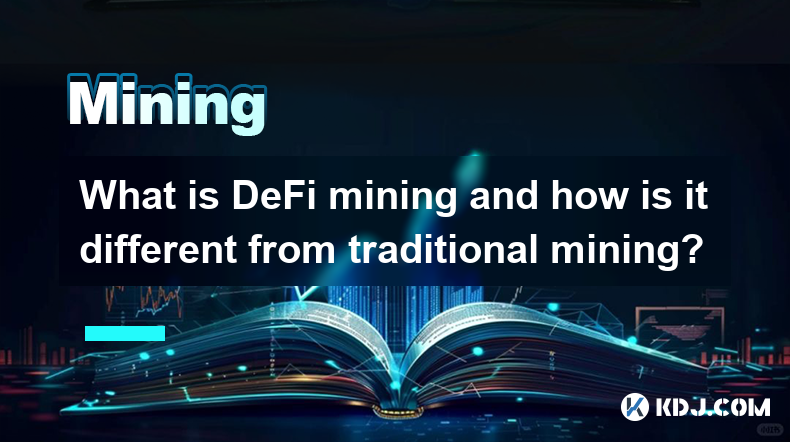
What is DeFi mining and how is it different from traditional mining?
Apr 02,2025 at 09:50am
DeFi mining, also known as yield farming or liquidity mining, is a process within the decentralized finance (DeFi) ecosystem where users provide liquidity to decentralized platforms in exchange for rewards. Unlike traditional mining, which involves solving complex mathematical problems to validate transactions and add them to a blockchain, DeFi mining f...
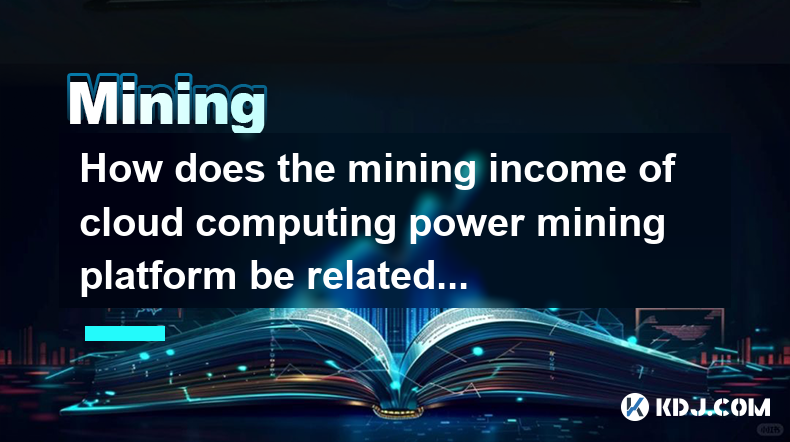
How does the mining income of cloud computing power mining platform be related to mining pool allocation?
Apr 02,2025 at 01:56am
The relationship between the mining income of a cloud computing power mining platform and the allocation of mining pools is a crucial aspect of cryptocurrency mining. Mining income is influenced by various factors such as the efficiency of the mining hardware, electricity costs, and the specific cryptocurrency being mined. However, the allocation of min...
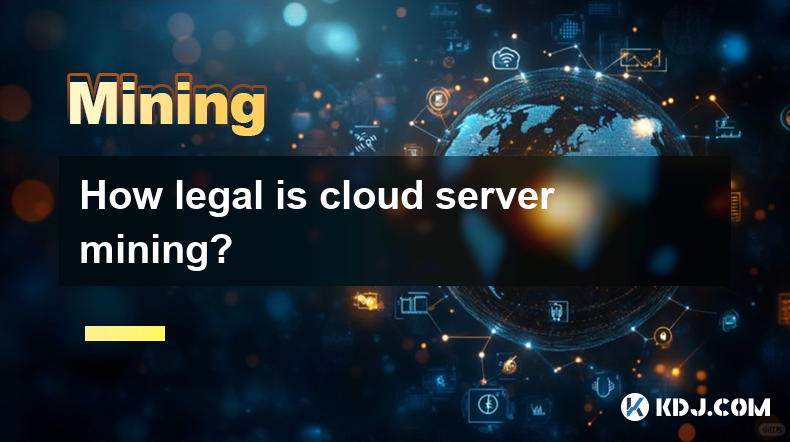
How legal is cloud server mining?
Apr 01,2025 at 08:08am
Cloud server mining has become an increasingly popular method for individuals and companies to participate in cryptocurrency mining without the need for expensive hardware and high electricity costs. However, the legality of cloud server mining can be a complex issue, as it varies by jurisdiction and depends on several factors. This article will explore...
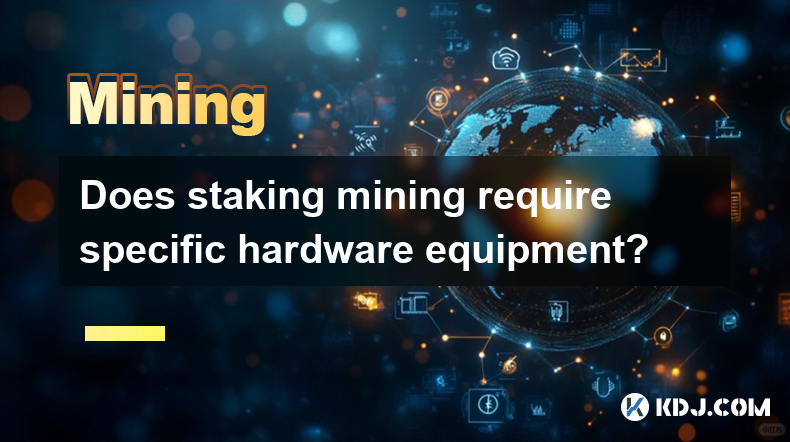
Does staking mining require specific hardware equipment?
Apr 02,2025 at 08:21am
Staking mining, often referred to simply as staking, is a process used by various cryptocurrencies to secure their networks and validate transactions. Unlike traditional mining, which often requires specialized hardware like ASICs (Application-Specific Integrated Circuits) or high-performance GPUs (Graphics Processing Units), staking typically does not ...
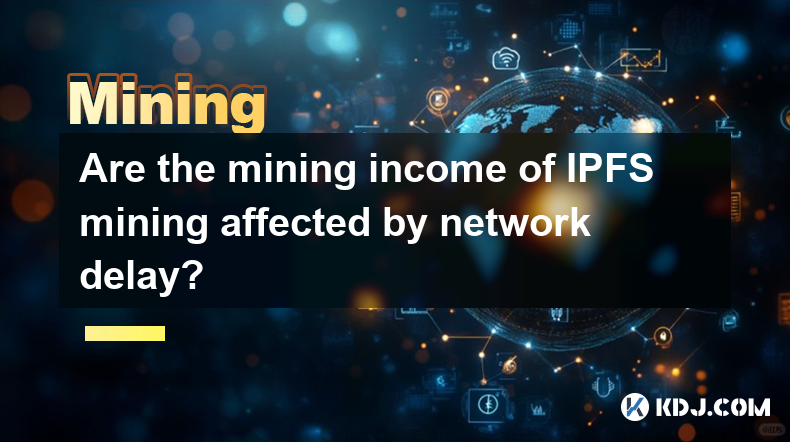
Are the mining income of IPFS mining affected by network delay?
Apr 01,2025 at 09:36pm
Are the Mining Incomes of IPFS Mining Affected by Network Delay? Understanding IPFS Mining and Network Delay's ImpactIPFS (InterPlanetary File System) mining, unlike Bitcoin mining, doesn't involve solving complex cryptographic puzzles. Instead, it focuses on providing storage and bandwidth to the network. Miners earn rewards for storing and sharing dat...
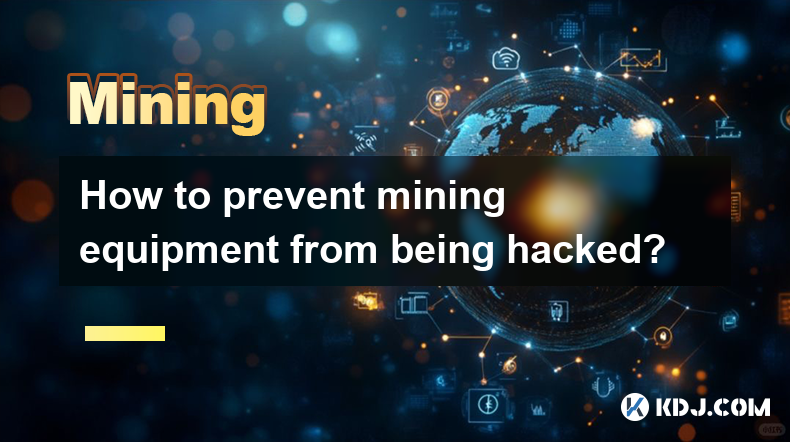
How to prevent mining equipment from being hacked?
Apr 01,2025 at 06:22am
Understanding the ThreatsCryptocurrency mining, while potentially lucrative, exposes your equipment to various cyber threats. These threats range from simple malware infections that steal your mining profits to sophisticated attacks that hijack your entire operation. Understanding these threats is the first step in effective protection. This includes r...

What is DeFi mining and how is it different from traditional mining?
Apr 02,2025 at 09:50am
DeFi mining, also known as yield farming or liquidity mining, is a process within the decentralized finance (DeFi) ecosystem where users provide liquidity to decentralized platforms in exchange for rewards. Unlike traditional mining, which involves solving complex mathematical problems to validate transactions and add them to a blockchain, DeFi mining f...

How does the mining income of cloud computing power mining platform be related to mining pool allocation?
Apr 02,2025 at 01:56am
The relationship between the mining income of a cloud computing power mining platform and the allocation of mining pools is a crucial aspect of cryptocurrency mining. Mining income is influenced by various factors such as the efficiency of the mining hardware, electricity costs, and the specific cryptocurrency being mined. However, the allocation of min...

How legal is cloud server mining?
Apr 01,2025 at 08:08am
Cloud server mining has become an increasingly popular method for individuals and companies to participate in cryptocurrency mining without the need for expensive hardware and high electricity costs. However, the legality of cloud server mining can be a complex issue, as it varies by jurisdiction and depends on several factors. This article will explore...

Does staking mining require specific hardware equipment?
Apr 02,2025 at 08:21am
Staking mining, often referred to simply as staking, is a process used by various cryptocurrencies to secure their networks and validate transactions. Unlike traditional mining, which often requires specialized hardware like ASICs (Application-Specific Integrated Circuits) or high-performance GPUs (Graphics Processing Units), staking typically does not ...

Are the mining income of IPFS mining affected by network delay?
Apr 01,2025 at 09:36pm
Are the Mining Incomes of IPFS Mining Affected by Network Delay? Understanding IPFS Mining and Network Delay's ImpactIPFS (InterPlanetary File System) mining, unlike Bitcoin mining, doesn't involve solving complex cryptographic puzzles. Instead, it focuses on providing storage and bandwidth to the network. Miners earn rewards for storing and sharing dat...

How to prevent mining equipment from being hacked?
Apr 01,2025 at 06:22am
Understanding the ThreatsCryptocurrency mining, while potentially lucrative, exposes your equipment to various cyber threats. These threats range from simple malware infections that steal your mining profits to sophisticated attacks that hijack your entire operation. Understanding these threats is the first step in effective protection. This includes r...
See all articles

























































































